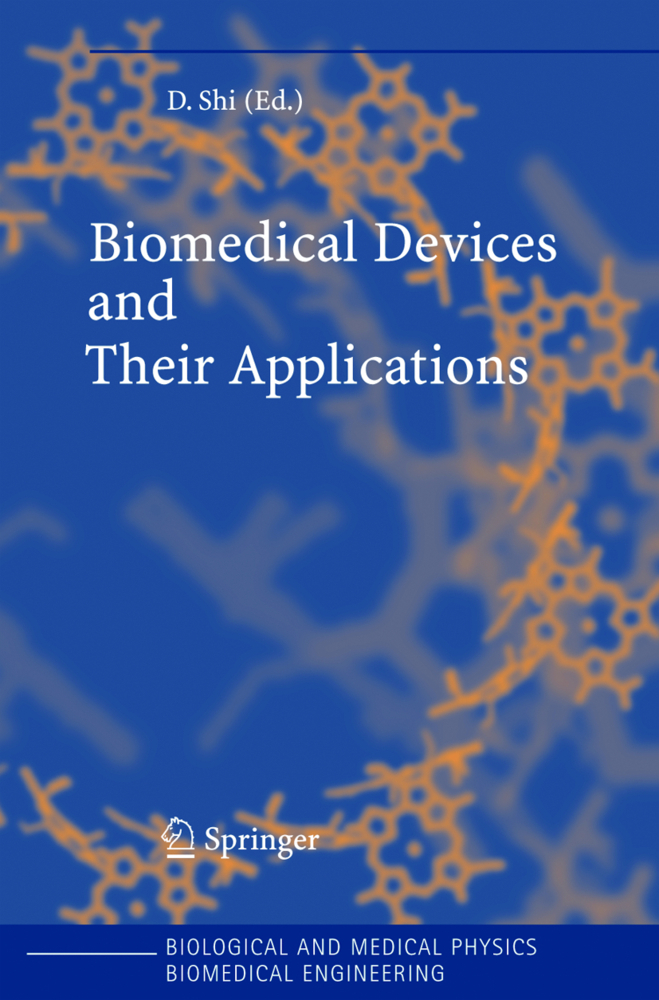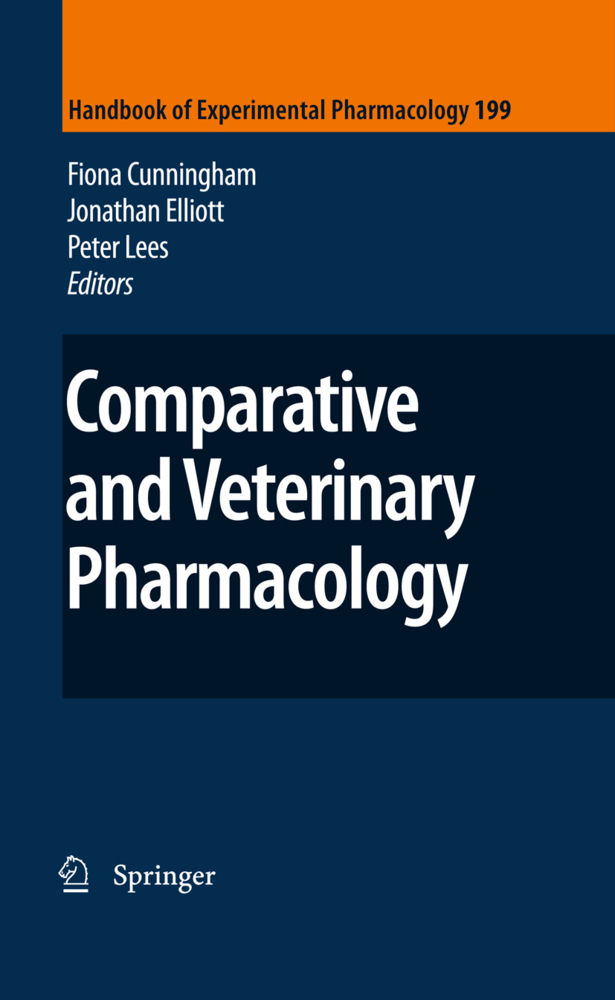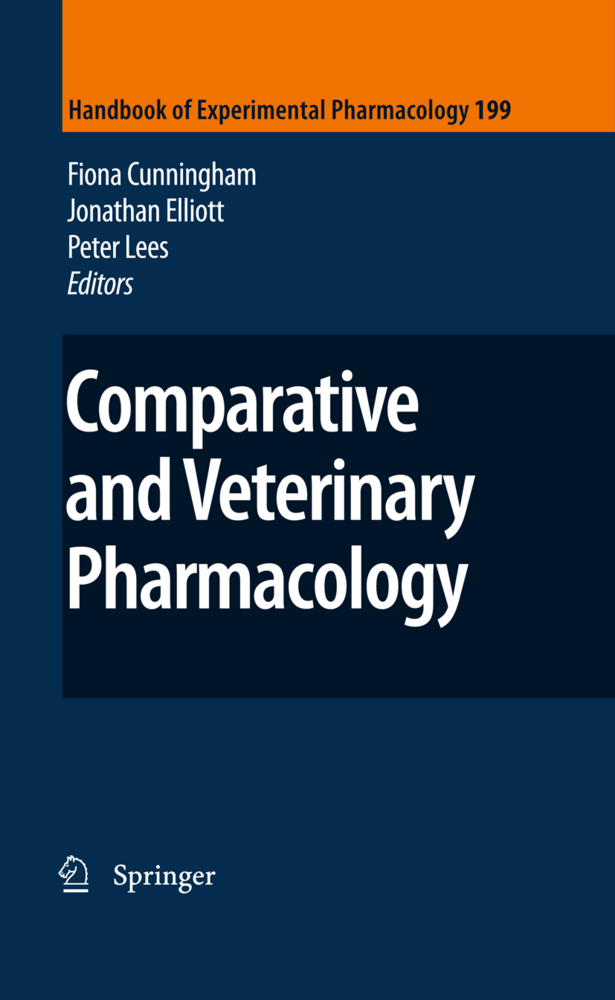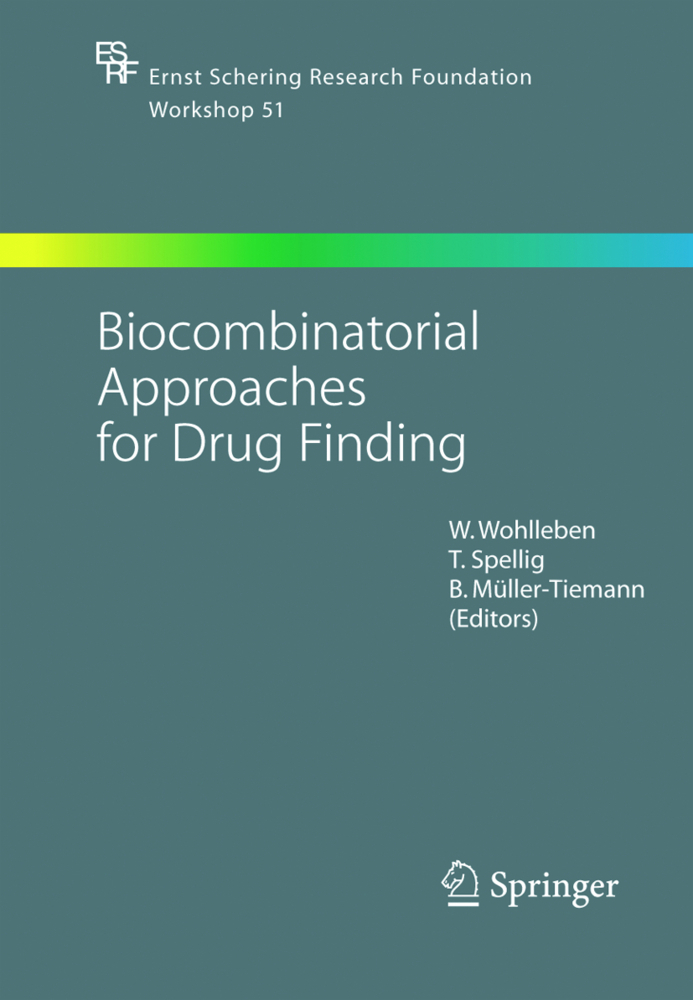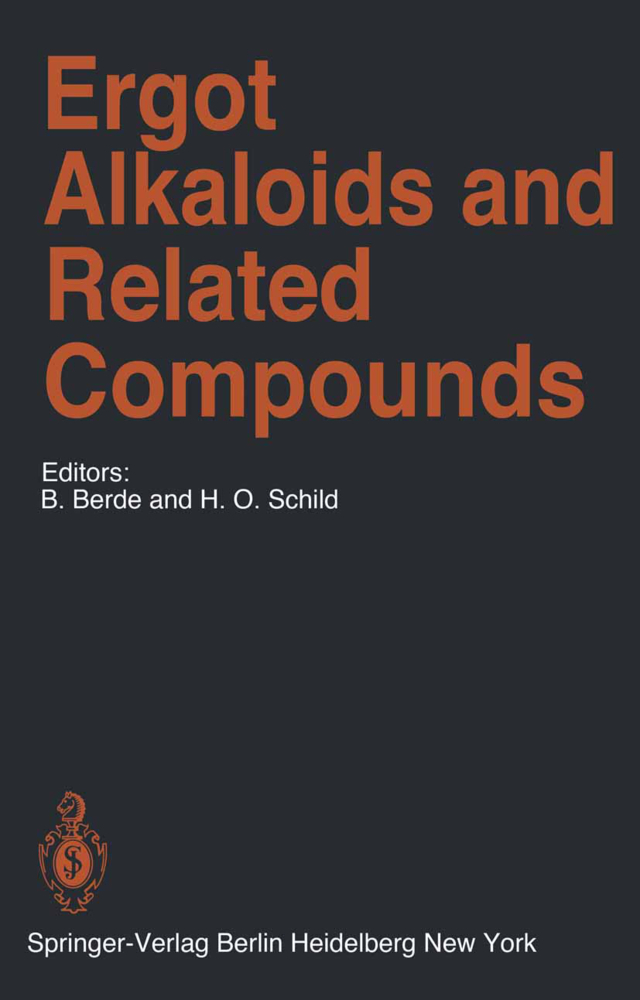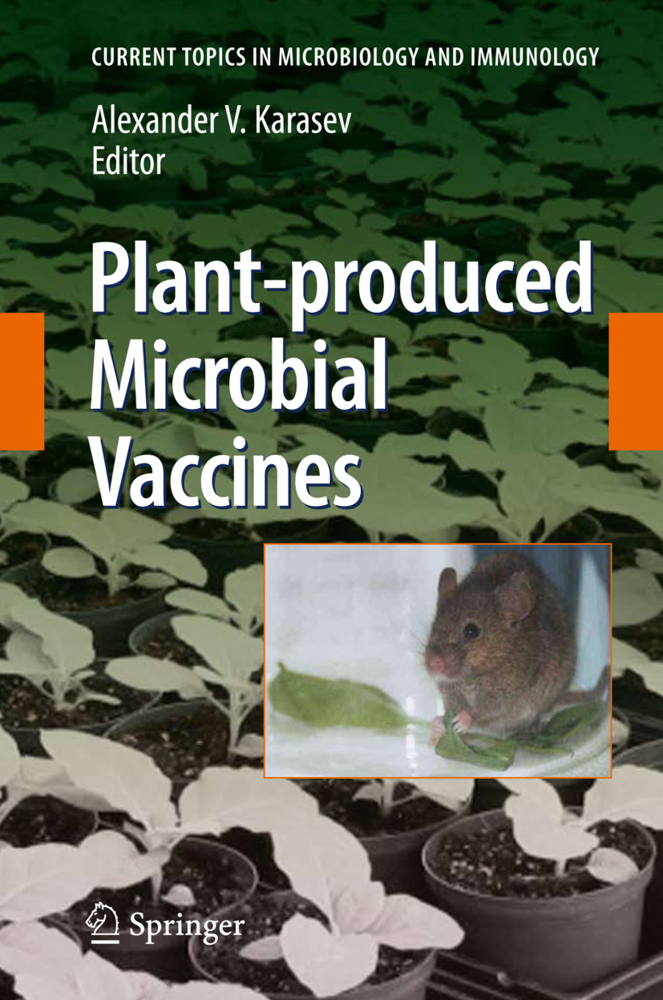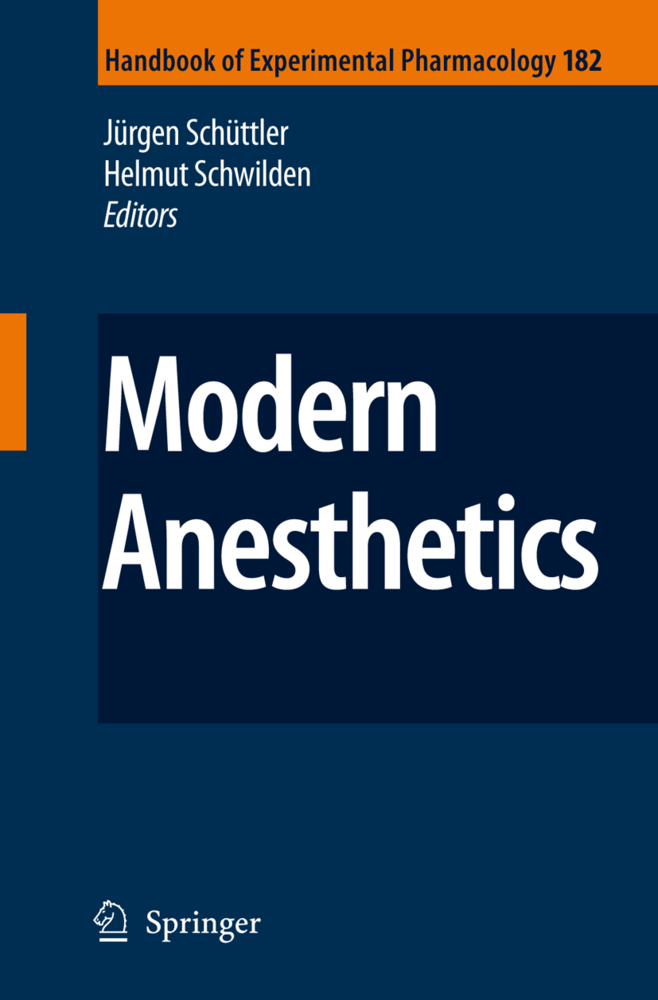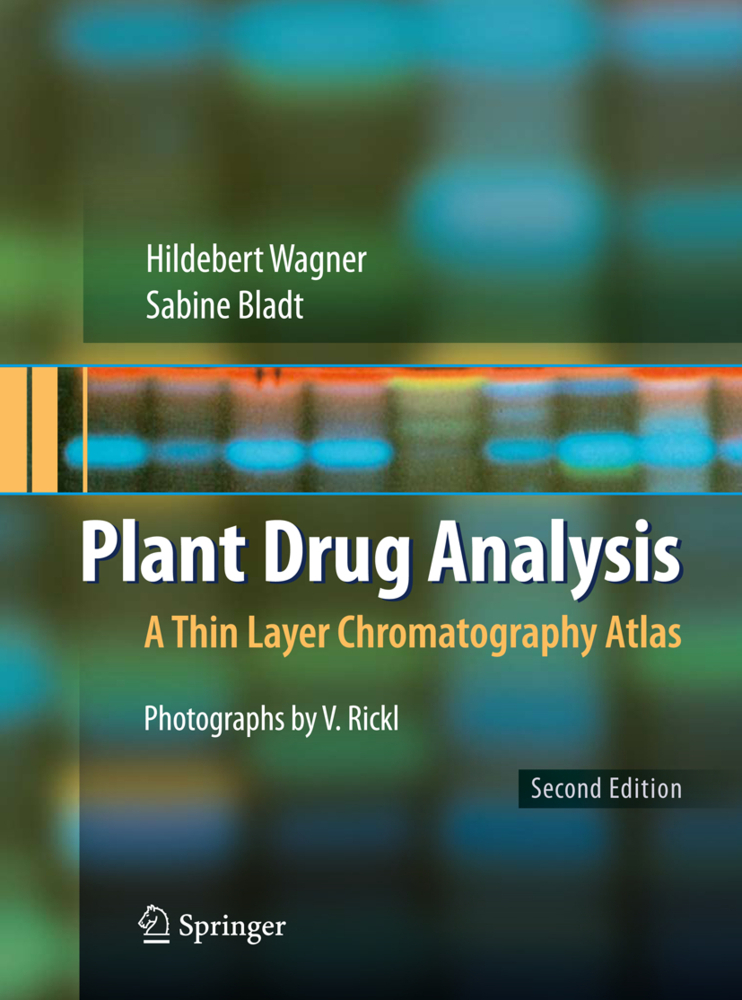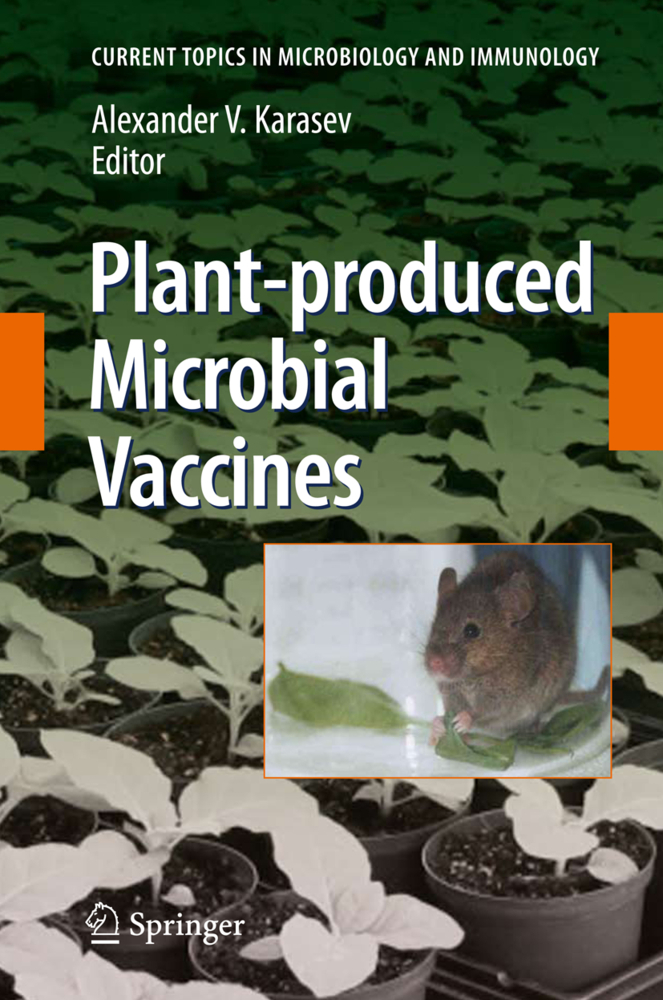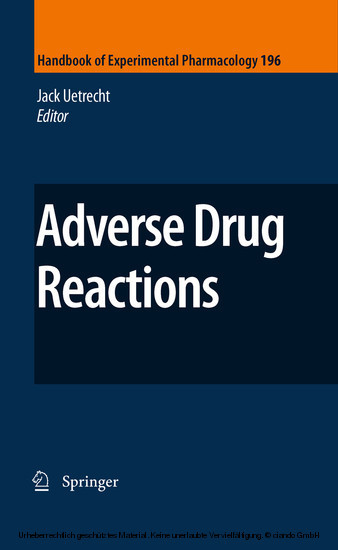Biomedical Devices and Their Applications
Biomedical Devices and Their Applications
Biomedical devices that contact with blood or tissue represent a wide range of products. Depending on their potential harm to a body, medical devices are categorized according to the degree, so their safety can be assured. All biomaterials are by definition designed to contact with a body for a certain period of time. The nature of the body contact, as well as the duration a material contacts with the body may initiate unwanted biological In comparison with invasive devices Oike catheters and medical responses. implants contact directly with tissue or with the circulating blood) non invasive devices (like wound-dressings and contact lenses contact with the skin, the sclera, and the mucosa or with open wounds) have a lesser risk of hurting a patient. When blood contacts with a foreign material, plasma proteins become absorpted to the surface within a few seconds. The reactions that follow, the so-called intrinsic pathway lead to the formation of fibrin and activation of platelets and white blood cells, result in blood clot formation.
3 Application of Protein Electrophoresis Techniques
4 Xenoestrogens as Endocrine Disrupters
5 Medical Devices.
1 Biomaterials in Drug Delivery
2 Drug Delivery Systems for Localized Treatment of Disease3 Application of Protein Electrophoresis Techniques
4 Xenoestrogens as Endocrine Disrupters
5 Medical Devices.
Shi, D.
| ISBN | 978-3-540-22204-0 |
|---|---|
| Artikelnummer | 9783540222040 |
| Medientyp | Buch |
| Copyrightjahr | 2004 |
| Verlag | Springer, Berlin |
| Umfang | XIII, 201 Seiten |
| Abbildungen | XIII, 201 p. 115 illus. |
| Sprache | Englisch |

